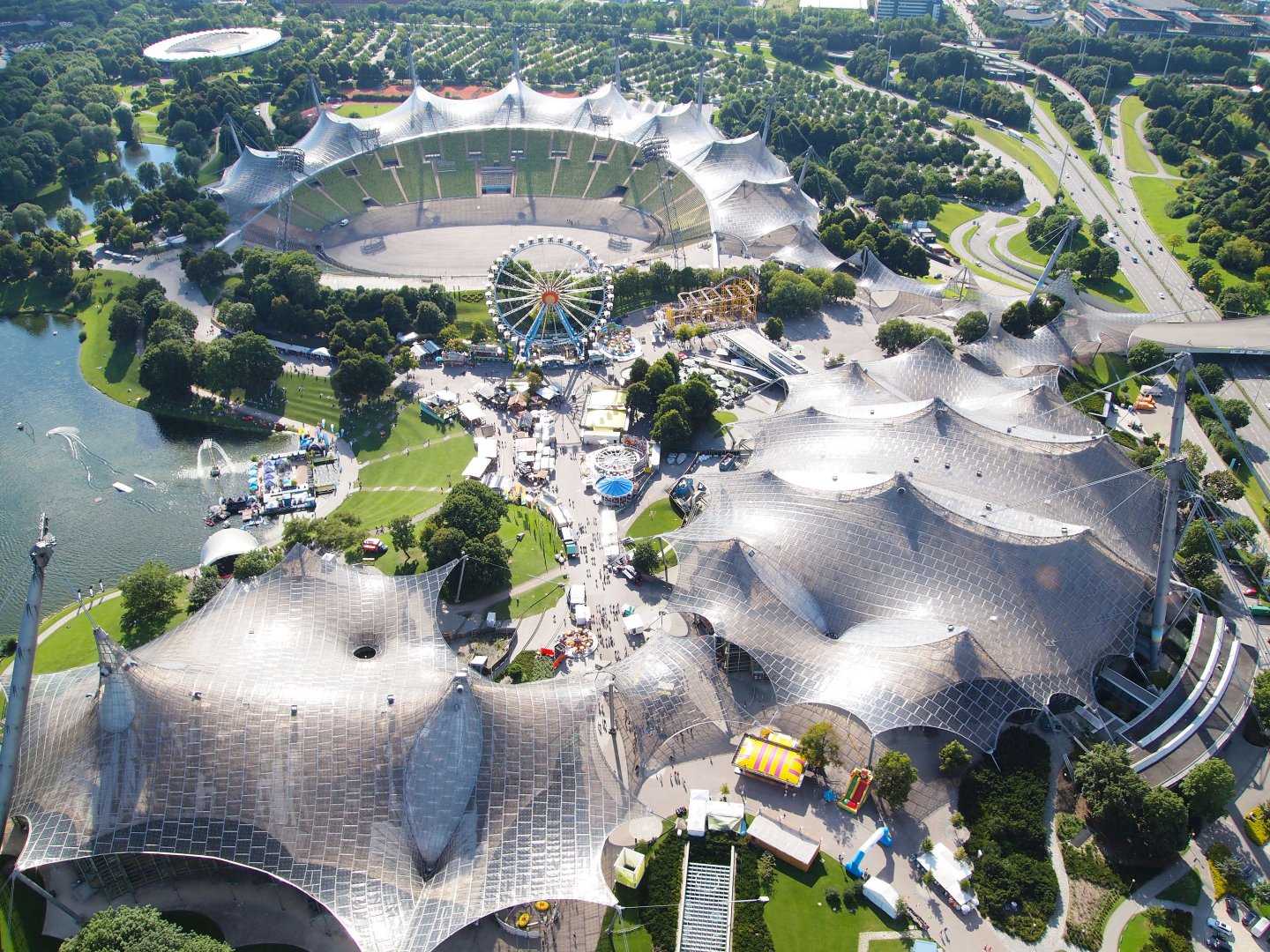
Post-Consumer Recycled (PCR) ETFE Foil: Recycling of the Chelsea and Westminster Hospital ETFE Roof
Please login to view abstract download link
ETFE foils for architectural purposes have been used since 1982, starting with the Burger’s Zoo project in Arnhem by Vector Foiltec GmbH (Maywald and Missfeld, 2018)1. ETFE foils have proven longevity, as demonstrated by projects such as the Chelsea and Westminster Hospital roof project (UK), which was dismantled in 2023 after being in service for 33 years (Solanki et al., 2024)2. Similarly, the Vodafone headquarters roof project (UK), which was dismantled in 2020 and recycled by Nowofol® Kunststoffprodukte GmbH & Co. KG, serves as an important study in the post-consumer recycling of ETFE foils. With growing demand and the necessity for building sustainably and using circular materials, ultralightweight building materials such as ETFE foils offer an optimal approach to covering larger spans while minimising the overall environmental footprint. ETFE, being a fluoropolymer, has many advantages, although its recycling after the end of its lifecycle needs to be assessed and promoted within the construction industry. The present manuscript closely follows the post-consumer recycling of ETFE foils to establish a detailed workflow, involving the dismantling process, transport to the recycler, cleaning, drying, transformation into pellets, and ultimately extrusion of the ETFE foil. This research study is part of a collaborative effort with Nowofol® Kunststoffprodukte GmbH & Co. KG and Fietz Polychromos® GmbH, which provided the necessary data to establish a realistic process flow for the post-consumer recycling of ETFE foils.

